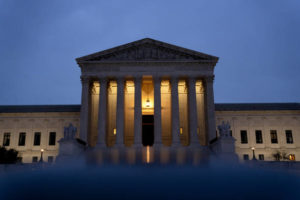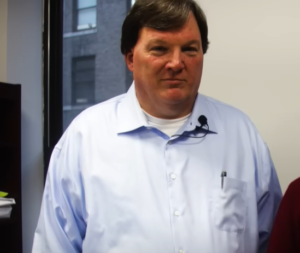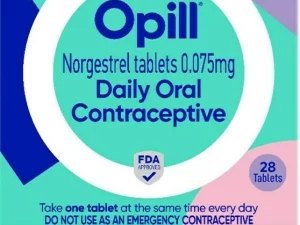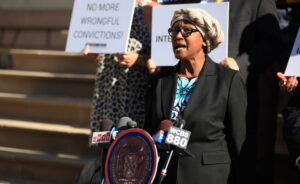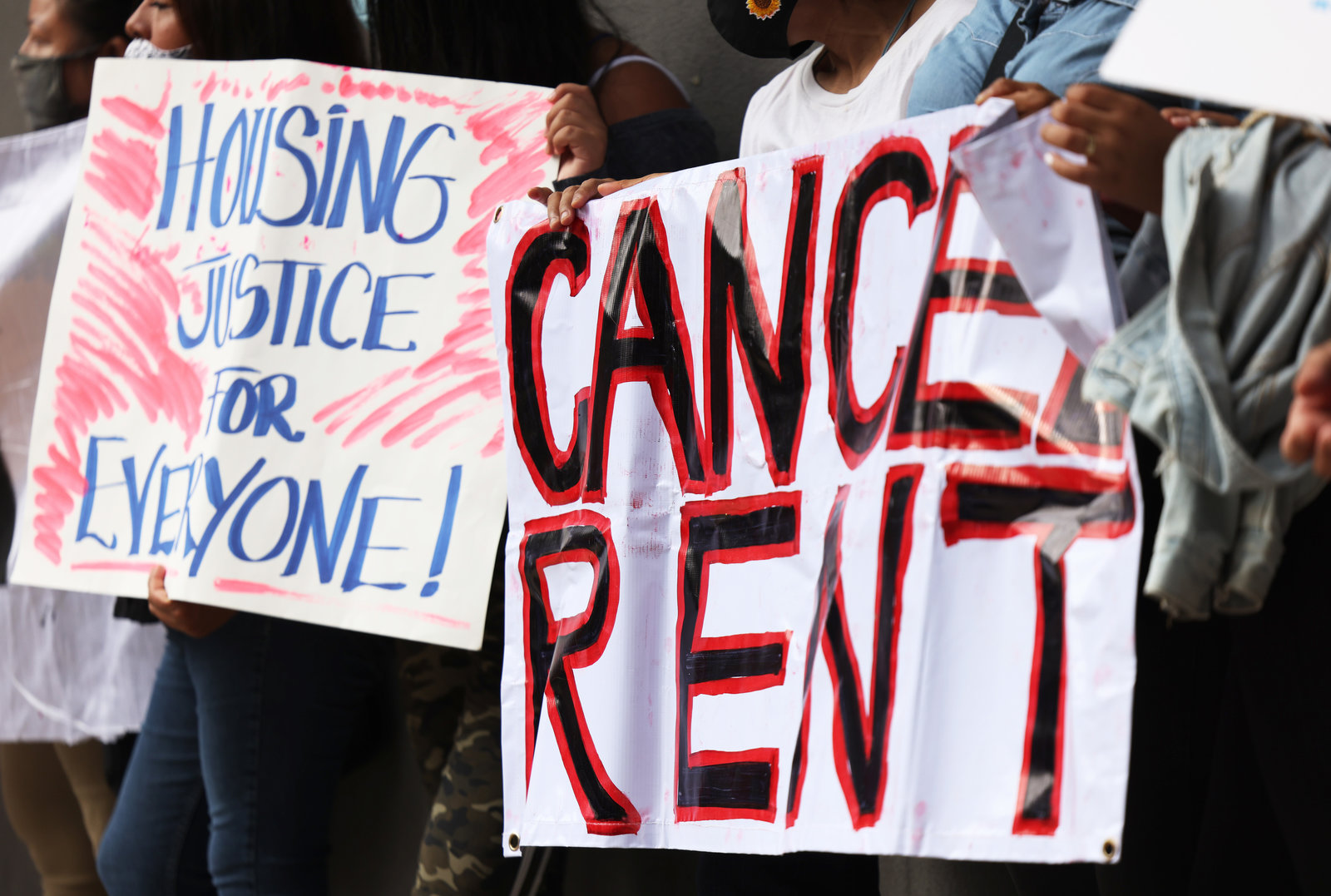
NEW YORK, NEW YORK - SEPTEMBER 01: Demonstrators hold up signs as they gather at Brooklyn Housing court during a 'No Evictions, No Police' national day of action on September 01, 2020 in New York City. Various housing organizations organized a day of action against law enforcement who remove people from their homes due to evictions. The eviction moratorium in New York state due to the coronavirus pandemic is set to expire on October 1. (Photo by Michael M. Santiago/Getty Images)
Time is running out for millions of Americans who were under a national, temporary eviction moratorium. On December 31, the stay on evictions will lapse. Without more help, New Year’s Eve will look different this year — 40 million Americans could face eviction to start 2021.
This puts those who lost their jobs or businesses due to the coronavirus at risk of permanent homelessness.
On September 10, the Centers for Disease Control and Prevention (CDC) and the U.S. Department of Health and Human Services (HHS) jointly issued an order to temporarily halt evictions. The clock is ticking down to the close of the year. With a gridlocked Congress, there may be no rescue in sight.
The survival fight is already over for 300,000 Americans who’ve died, marking an unthinkable new milestone in the pandemic. For the millions still struggling to hold on in this Titanic of pandemics, being homeless just got more real.
As the order currently stands, until January 1 landlords can’t toss families into the streets solely for not paying rent. Those families have to show that they qualify for the moratorium under the existing order. Anyone at risk for eviction has to show that their income is within the guidelines protected under the order. Renters have to spell out they lost their income due to the pandemic and that their medical costs are “extraordinary.” As reported by Vox, at-risk families need to show that they are doing what they can to make partial rent payments.
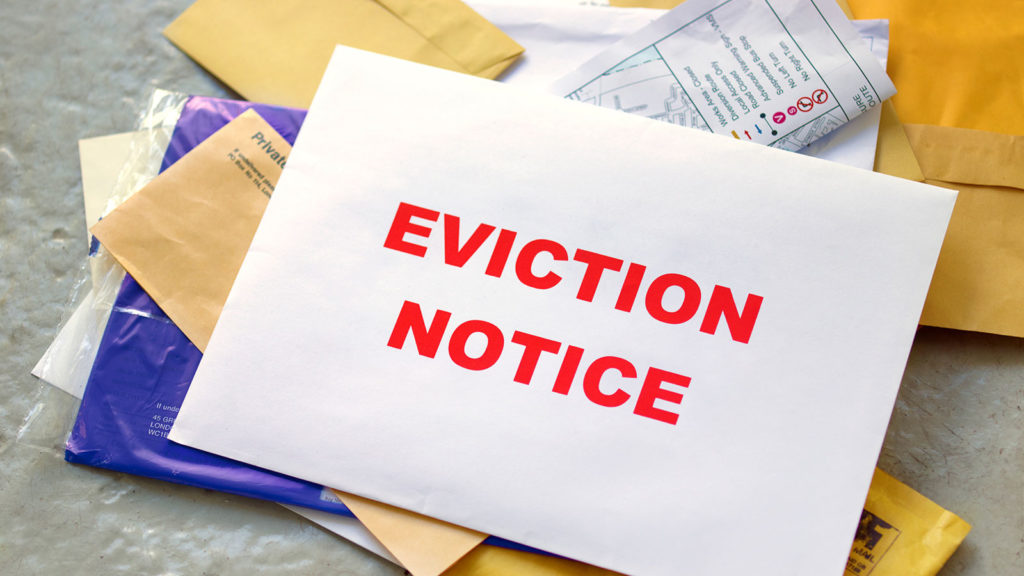
For all the goodwill generated by the temporary halt in evictions, here’s what 40 million Americans are facing once the moratorium ends:
- a tsunami of late and legal fees that have continued to pile up.
- exposure to COVID-19 in shelters or in street communities.
- more hunger and heavier lifting by food banks.
- more crowded living conditions as families “double up.”
Given the magnitude of the problem, anti-homelessness organizations are seeing a completely new demographic of Americans needing help. Pam Bridge in Arizona works for Community Legal Services, a non-profit that helps clients stay housed. She told Huffington Post “The people being evicted aren’t necessarily low-income anymore,” she said. “We’ve got a lot more people dealing with evictions who have never been through one before and have no idea how the process works.”
Prior to the deadline for the moratorium, South Carolina was one of the states that lifted that protection for vulnerable citizens. The fallout was brutal.
In a study published in November called “Expiring Eviction Moratoriums and COVID-19 Incidence and Mortality,” a group of researchers summed up their findings. “Lifting eviction moratoriums was associated with increased COVID-19 incidence and mortality, supporting the public health rationale for use of eviction moratoriums to prevent the spread of COVID-19.”
Will a new administration pick up the reins to extend eviction relief for millions? Or, will whole families — through no fault of their own — start a new year on winter streets?
Thumbnail Credits: Michael M. Santiago/Getty Images
I love telling, reading, and writing stories. I freelance as a writer, editor, and all-around trouble-maker. I live in Atlanta with my dogs, Jaco, and Trane.
